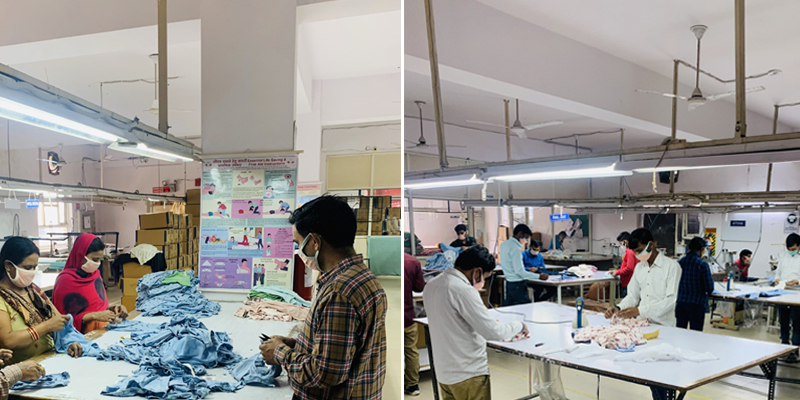In today’s fast-paced fashion industry, garment manufacturers are under immense pressure to streamline their production processes to meet the ever-increasing demand for faster delivery and higher quality garments. Streamlining the production process not only reduces lead time and increases productivity but also ensures better buyer satisfaction. This blog will discuss various ways to streamline the production process, from design to delivery, to achieve improved efficiency.
Planning and Scheduling
Effective planning and scheduling are critical to streamlining the production process. A production plan outlines the production targets, resources, and timelines required to meet production goals. Scheduling involves assigning specific tasks to individuals or teams, and it helps to ensure that each task is completed on time. Implementing an efficient planning and scheduling process will help manufacturers to reduce lead time and optimize their production resources.
Use of Technology
The use of technology can significantly improve the efficiency of the production process. For example, manufacturers can use Computer-Aided Design (CAD) software to create designs and patterns more efficiently, reducing the time and resources required for the design process. Also, manufacturers can implement Enterprise Resource Planning (ERP) software, which helps to integrate various business processes and automate production, leading to better coordination, faster turnaround times, and improved efficiency.
Lean Manufacturing
Lean manufacturing is a production philosophy that aims to eliminate waste and maximize efficiency. By adopting lean manufacturing principles, manufacturers can reduce production costs and lead times while improving quality. Lean manufacturing involves identifying and eliminating unnecessary steps, reducing the time and resources required for production, and improving overall efficiency. This approach can help manufacturers to improve customer satisfaction by delivering high-quality products quickly.
Just-in-Time (JIT) Production
JIT production is a manufacturing approach that focuses on producing items only when they are needed. This approach helps to eliminate excess inventory and reduces the time and cost associated with storing and managing inventory. JIT production helps manufacturers to optimize their resources and minimize waste, leading to improved efficiency and reduced lead times.
Collaborative Planning, Forecasting, and Replenishment (CPFR)
CPFR is a collaborative approach that involves manufacturers, retailers, and suppliers working together to improve the production process. This approach involves sharing information on production forecasts, inventory levels, and delivery schedules to help manufacturers optimize their production processes. CPFR helps to reduce lead times, improve quality, and increase customer satisfaction by ensuring that the right products are delivered at the right time.
Implementing Quality Management Systems
Implementing quality management systems such as Six Sigma or Total Quality Management (TQM) can help manufacturers to improve the quality of their products and optimize their production processes. These systems involve identifying and eliminating defects and errors, improving processes and procedures, and providing continuous training to employees. Implementing quality management systems can help manufacturers to reduce lead times, improve quality, and increase customer satisfaction.
Outsourcing Non-Core Functions
Outsourcing non-core functions such as logistics, accounting, and HR can help manufacturers to focus on their core competencies and improve their production processes. By outsourcing these functions to specialized service providers, manufacturers can reduce their overhead costs and optimize their resources, leading to improved efficiency and reduced lead times.
Continuous Improvement
Continuous improvement is an ongoing process that involves identifying and eliminating inefficiencies in the production process. By continuously monitoring and analyzing production processes, manufacturers can identify areas that need improvement and implement changes to improve efficiency. Continuous improvement helps manufacturers to reduce lead times, improve quality, and increase customer satisfaction.
Finally, streamlining the production process is critical for garment manufacturers to meet the increasing demand for faster delivery and higher quality products. By implementing effective planning and scheduling, using technology, adopting lean manufacturing principles, implementing JIT production, and collaborating with suppliers and retailers, manufacturers can reduce lead times, optimize their resources, and improve customer satisfaction.
Email us for your enquiry: shikha@organicandmore.com



Recent Comments